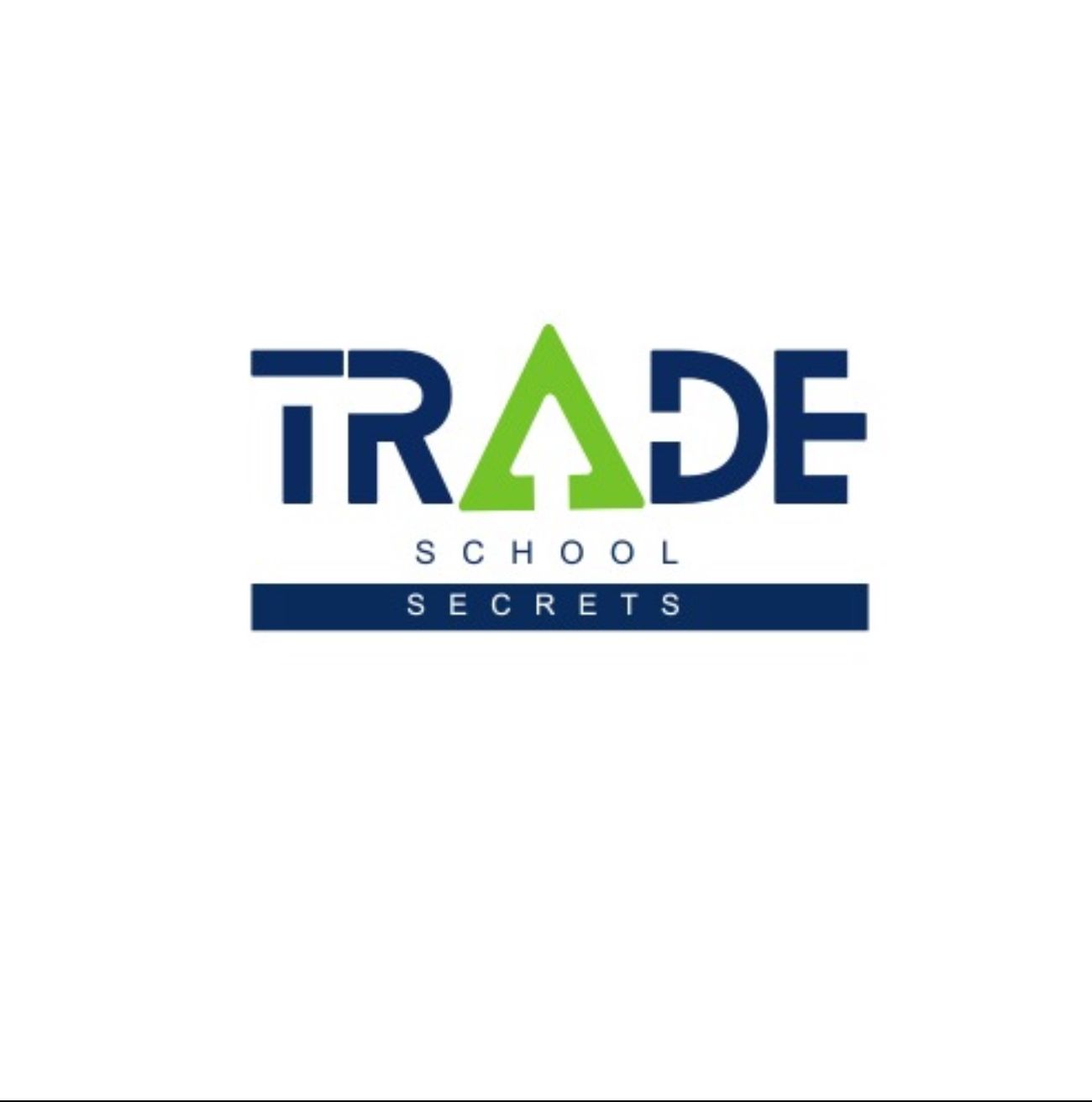- Trade School Secrets
- Posts
- Part 1: Why most new trade schools fail before they even open.
Part 1: Why most new trade schools fail before they even open.
Oops! Looks like this didn’t go out on Saturday, so here you go. Better late than never, right?
Busy Isn’t a Badge. It’s a Bottleneck..
Every minute you spend on low-value work costs you opportunities you can’t get back. That is why BELAY exists: to help leaders like you get back to what matters.
Our Delegation Guide + Worksheet gives you a simple system to:
✓ Identify what to delegate
✓ Prioritize what’s costing you most
✓ Hand it off strategically
And when you’re ready, BELAY provides top-tier remote staffing solutions — U.S.-based, highly vetted, and personally matched — to help you put those hours back where they belong: fueling strategy, leadership, and growth.
Real freedom starts with a right partner.

Most people think starting a trade school is easy.
Get a name, buy a course, throw it online, start enrolling.
That’s the fastest way to get denied by your state board — or worse, permanently blacklisted from WIOA funding.
Step 1: Choose your entity — and do it right
Before a single class is built, you need the proper business structure.
You’ll need:
A registered LLC or corporation in your state
A trade-ready business name (avoid words like “academy” or “institute” unless your state allows it)
EIN, DUNS, and SAM.gov registration
A dedicated business bank account
Miss one of those and you can’t receive federal funds.
Step 2: Understand your state’s rules
Every state runs its ETPL (Eligible Training Provider List) differently.
Texas alone has 28 different workforce regions, each with unique requirements.
Some require 3-5 employer letters.
Others demand audited financials or course evaluations.
Most have no published checklist.
If you send the wrong application — even to the right board — you’ll lose 90-120 days instantly.
Step 3: Build your program catalog
Each program must include:
Course outlines
Learning objectives aligned with CIP codes
Credential description (certificate, diploma, or license)
Instructor résumés (often 2 years minimum experience)
Job titles graduates can hold
Tuition and refund policies
You’ll need to upload this in the exact format the board wants — typically a 40- to 80-page packet.
Most people quit here.
Step 4: Secure employer partnerships
Boards want proof that your graduates will get jobs.
They require at least three signed employer commitment letters, each confirming they’ll consider hiring your students.
No letters, no approval.
If your employer letter isn’t worded properly, it’s tossed.
Step 5: Prepare for audits and compliance
Even before you teach your first student, the board wants to know how you’ll:
Track attendance
Manage refunds
Secure student data
Handle grievances
It’s not optional. They’ll reject you if your policies aren’t airtight.
Step 6: Submit the application
Each workforce region has its own submission schedule.
Some review monthly.
Others only twice per year.
That means missing one window could delay you six months.
We continue on Part 2 - see ya there next week.
Until next time, control what YOU can control, take action on something, and don’t forget to smile. Like what you read? Here’s how you can help: Share this newsletter with friends who could use a boost. Sharing is caring! Connect with me on X (formerly Twitter) – let's chat and support each other. Find me at @Trade Schools Secrets-WIOA Whisperer.
What did you think of today's issue?
The WIOA Ghost Whisperer |

